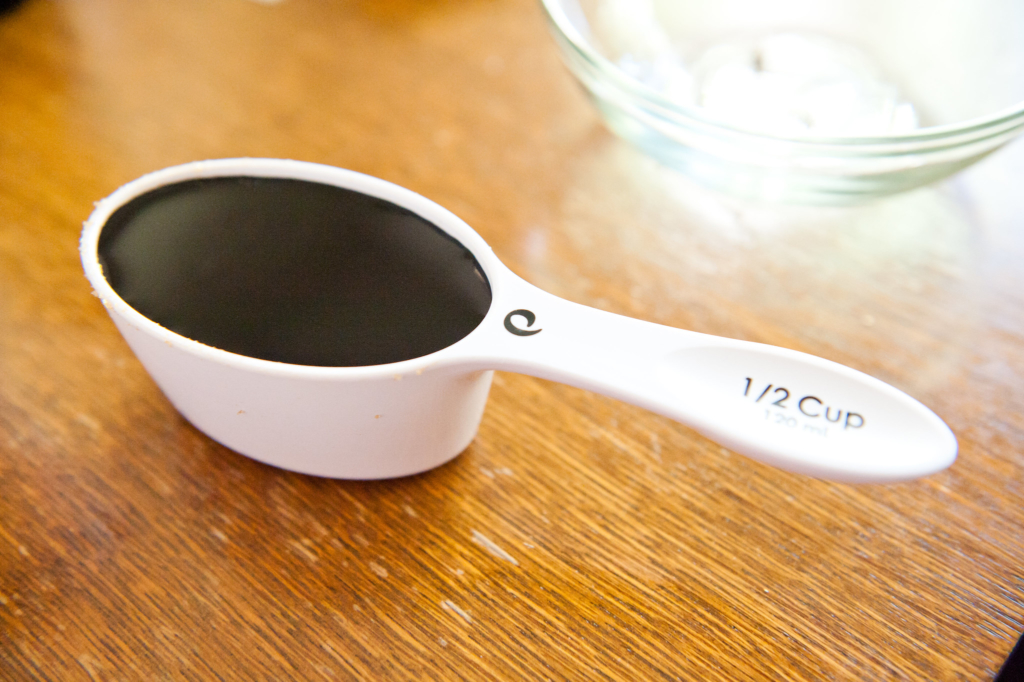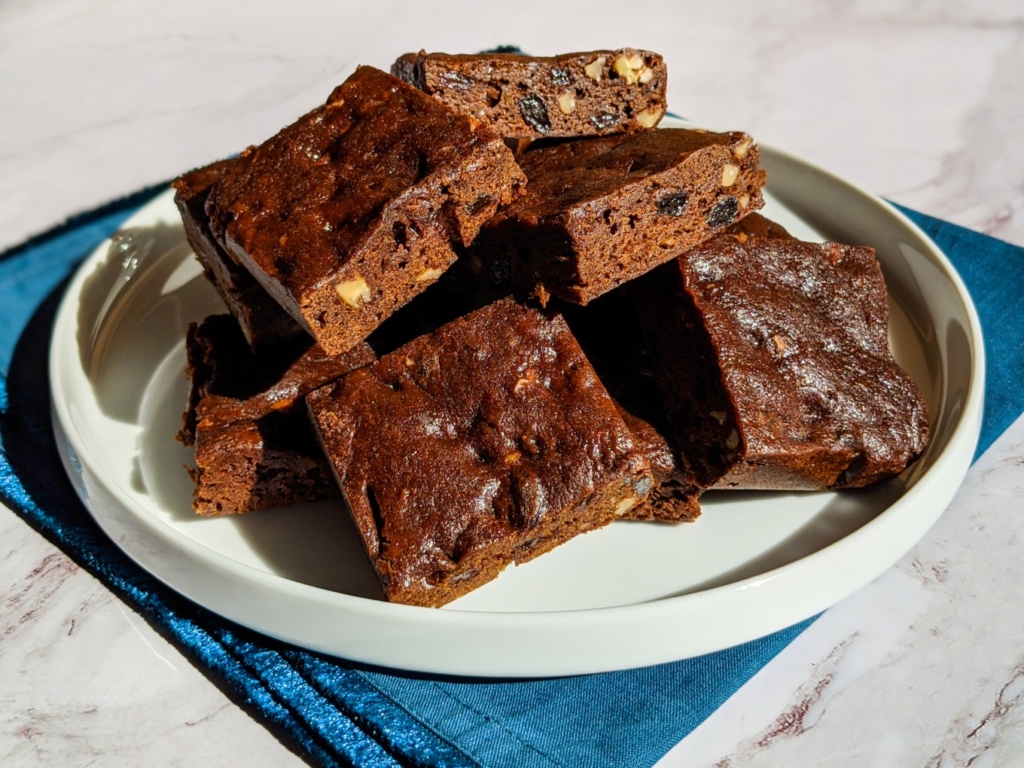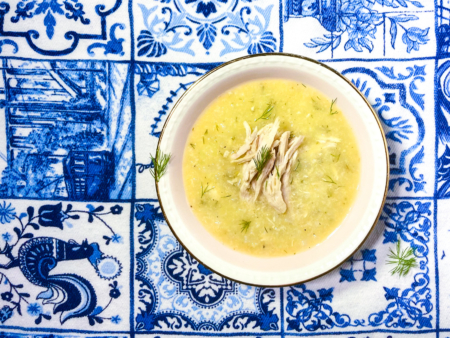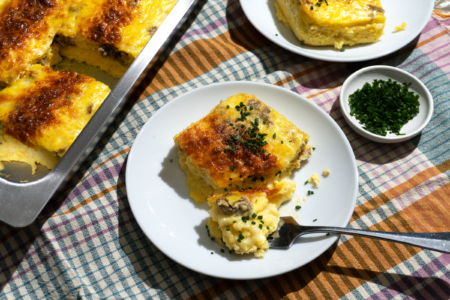Molasses brings old-fashioned sweetness to dishes like baked beans, barbecue sauce, and gingerbread, and it’s the secret ingredient in another surprising kitchen staple.
What Is Molasses?
Molasses is the dark, sweet syrup produced during the sugar-making process. Boiling the juice of crushed sugarcane or sugar beets reduces it to a thick syrup that contains crystallized sucrose molecules, which can be separated out and sold as sugar. The remaining syrup is what we call molasses. It was a very popular sweetener in the United States through the early 20th century, due to its role in the Atlantic triangle trade that exported rum and molasses out of the Caribbean.
Flavor

Warm, deep sweetness, with a whiff of smoke. Different varieties will vary in sweetness and intensity, as outlined below. Sulfur is sometimes added as a preservative, especially when the molasses has derived from young sugarcane, and sulfured molasses usually tastes less sweet and may carry a faint sulfur aftertaste.
Varieties
The color, sweetness, and nutritional content of molasses varieties depend on the amount of sugar remaining in the syrup. Liquids are boiled up to three times to extract as much sugar as possible, with each boil lowering the sugar content.
Light: as the syrup remaining after the first boil of sugarcane juice, light molasses is the variety with the highest sugar content. It is the lightest in color and lowest in viscosity.
Dark or Medium: with the second boil, a darker, more robust syrup with fewer sugars is produced. Light and dark molasses can be used interchangeably in recipes, though the dark variety will flavor the dish more intensely.
Blackstrap: the third boil results in a very thick, dark syrup called Blackstrap molasses. Reducing the liquid to this degree leaves it with the lowest sugar content and an intense, highly-spiced flavor verging on bitter. It shouldn’t be substituted for other varieties in recipes.
Molasses vs Sorghum Molasses
Sorghum molasses, a thin syrup with a sour edge used in the Southeastern United States, isn’t actually genuine molasses. Although produced by a similar process, it’s derived from sorghum grass rather than sugarcane or sugar beets. (Same with pomegranate molasses, for similar reasons.)
Nutrition
Molasses is a good source of iron, and also contains significant levels of calcium, magnesium, and potassium. The boiling process concentrates the syrup’s flavor and also its mineral content, distilling the vitamins and minerals from the original plant. As the variety that has undergone the most boiling, blackstrap molasses tends to be the most concentrated, with the highest nutrient content.
Cooking with Molasses

Fact of the day: molasses puts the brown in brown sugar. Refined white sugar mixed with molasses at a ratio of about 20 to 1 produces the soft, crumbly texture and deep, mellow flavor so characteristic in brown sugar.
In fact, its darker color shades most recipes in which it’s used. It also contributes moisture and calcium. The mineral slows food’s softening process during cooking, meaning those baked beans will still have shape after hours in the oven.
Molasses is used with some regularity in the United States to sweeten and flavor baked goods like gingerbread, gingersnap cookies, and some dark breads (and these amazing hermit cookie bars). It adds a touch of sweetness to foods like barbeque sauce and baked beans, and light molasses is sometimes drizzled over pancakes or oatmeal. Molasses sometimes flavors commercially-made rum, stout, and dark ale.
Where to Find it
Molasses is commonly found in supermarkets and other shops that sell baking ingredients. Jars average about 12 ounces. Be sure to clean the jar rim after each use, as molasses dried under the lid will harden and prevent an easy open in the future.



